At 9 a.m. on a recent Saturday, while most of their classmates are still asleep, more than three dozen members of the Boston University Rocket Propulsion Group (BURPG) are gathered in a large field in Amesbury, Mass. The occasion is the launching of solid-fuel rockets designed by the club’s freshman members. After nearly two months of work, the students have a singular goal: to see their rockets climb a half-mile into the sky.
Established in 2003, the student-run organization wants to be the first group ever to launch a two-stage hybrid rocket into space and successfully recover both the rocket and the payload. They hope to do that by 2015.
The team, which draws students from diverse academic backgrounds, takes a multidisciplinary approach to vehicle development. By emphasizing hybrid motor technology, in which a motor uses propellants in two different states of matter—one solid and the other either a gas or a liquid—the group hopes to give its members an opportunity to engage in cutting-edge research and to gain a better understanding of how hybrid motor technology—still a relatively new field—works.
Under the guidance of faculty advisor Caleb Farny, an College of Engineering lecturer in mechanical engineering, the group is organized into seven teams: propulsion, ground support, test stand/launch infrastructure, data acquisition and control, payload, training, and logistics. An emphasis is placed on the importance of teamwork, and members are given an opportunity to work on both short-term projects, such as building solid-fuel rockets, and long-term projects, including hybrid motor technology development.
This semester, BURPG is completing the final designs for a rocket launch scheduled to take place in August in the Black Rock Desert in Nevada. The students hope they can get their Terrier 1 hybrid rocket to an altitude of at least 50,000 feet—bringing them one step closer to their ultimate dream of launching a rocket into space by 2015.


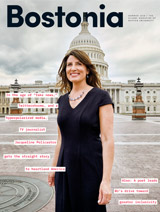
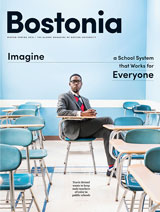




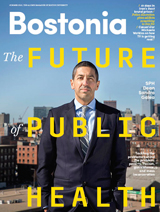
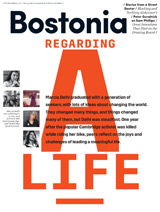
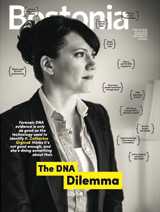
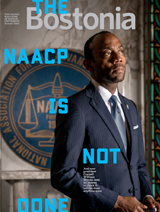


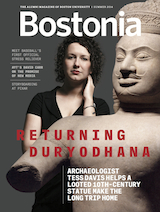
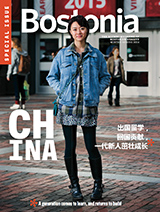




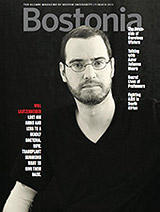

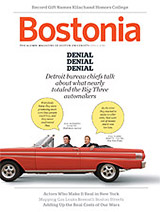
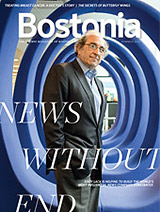
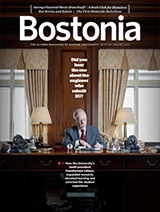





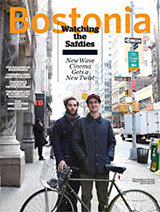

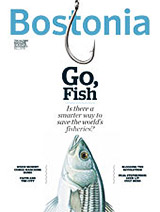


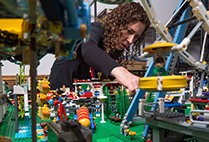



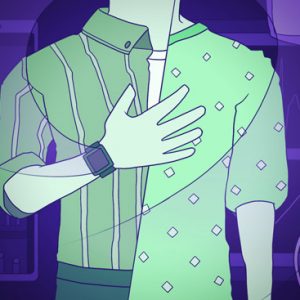
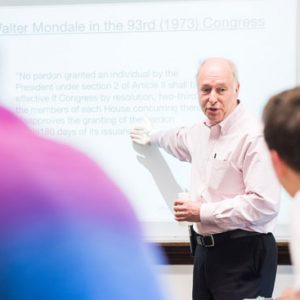

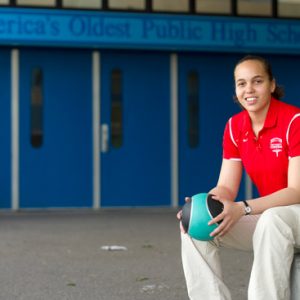

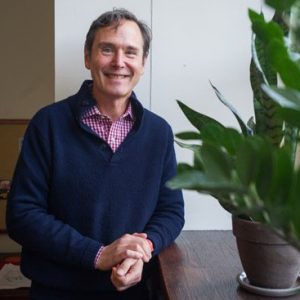
Related Stories
Klamkin Receives NASA Early Career Faculty
Recognized for efforts to improve deep space communication
Where Theory Meets Practice
A look inside ENG’s new design and manufacturing facility
University Joins Leading Online Course Platform edX
“Hybrid education” gives faculty more flexibility in teaching
Post Your Comment